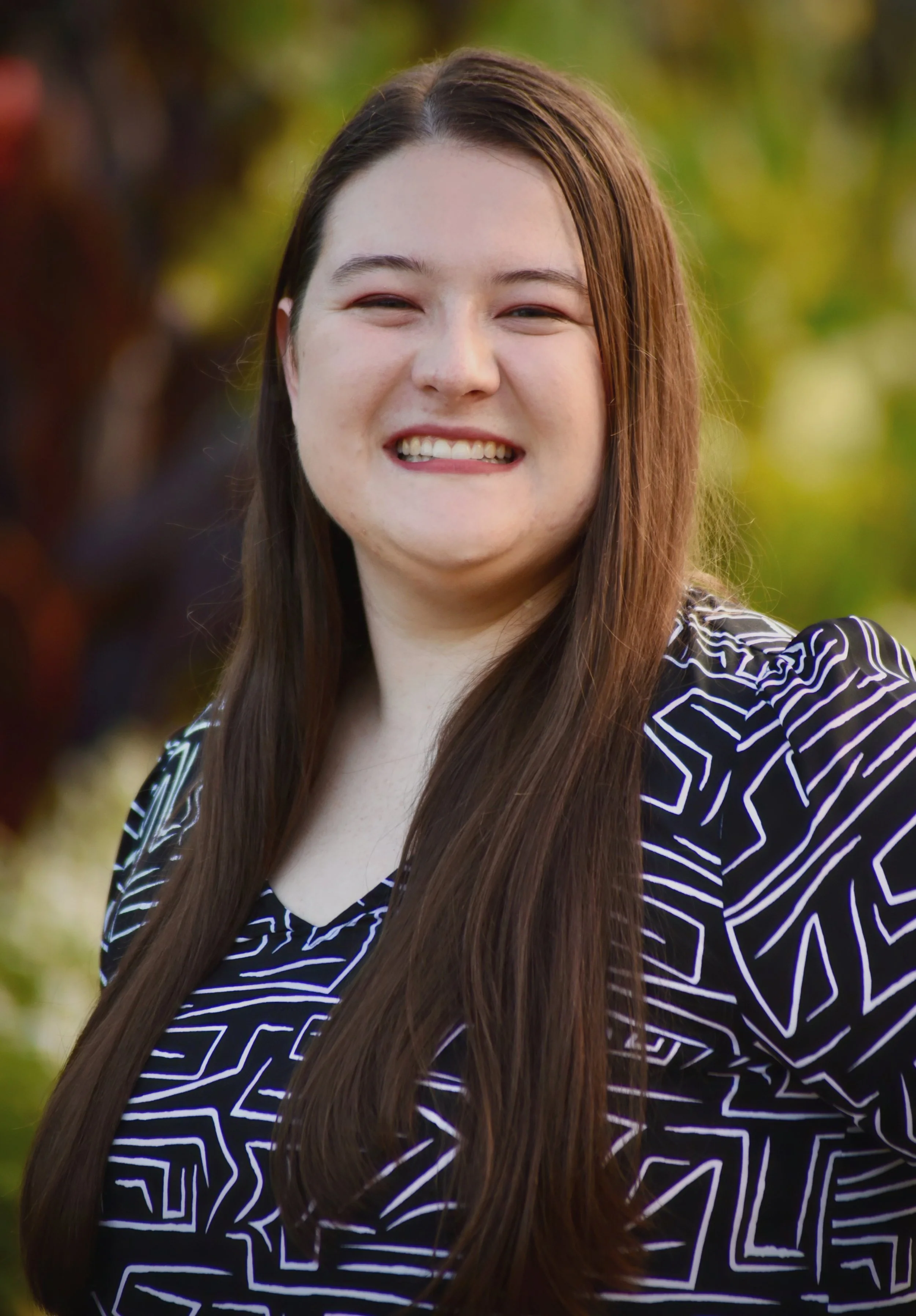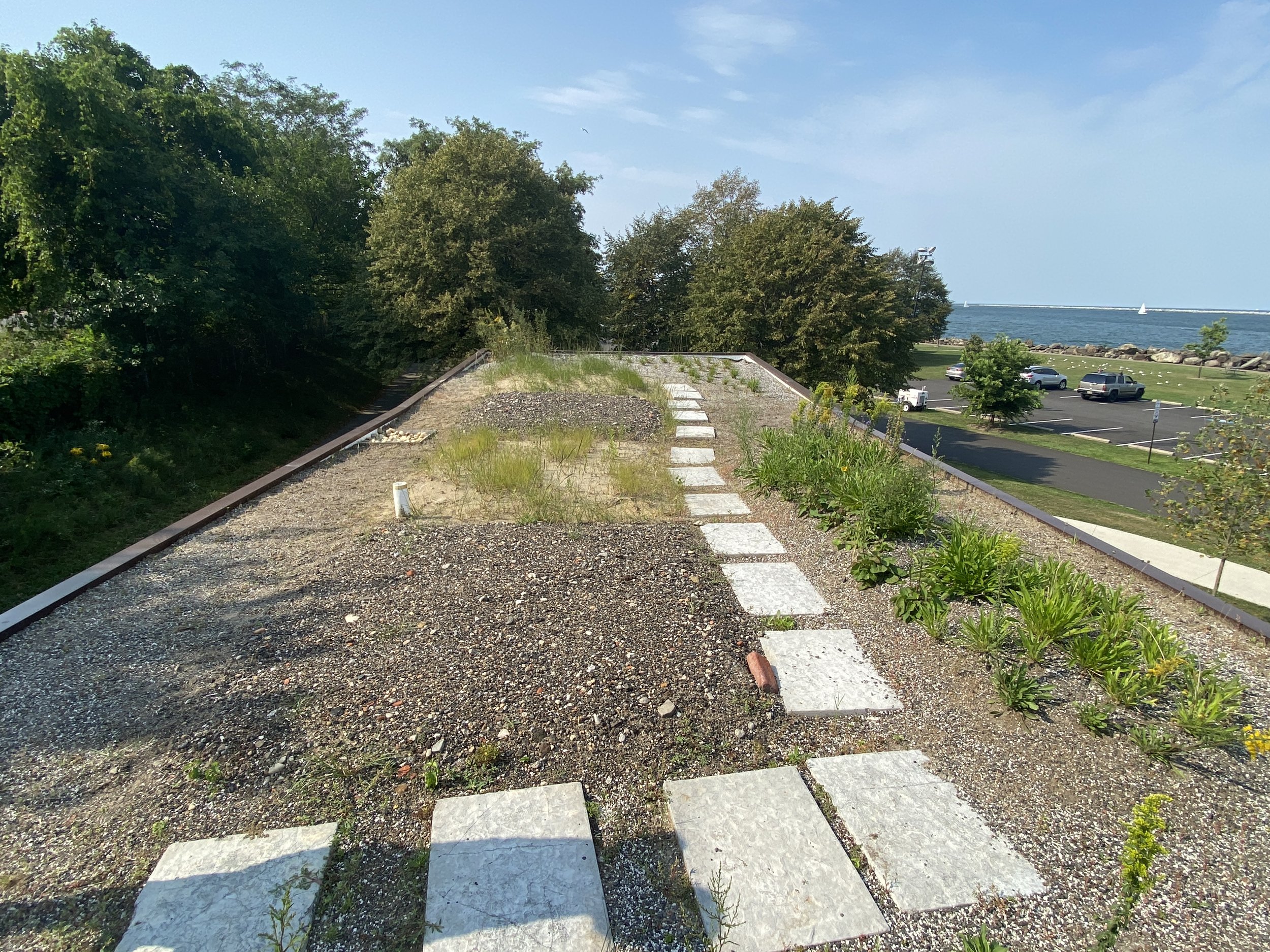Alyssa Skilton | Green Roof Professional
Alyssa Skilton, GRP
Alyssa Skilton is a certified Green Roof Professional (GRP) graduating with a Msc. Architecture and Environmental Design at Kent State University in May 2022. She earned a BSc. In Conservation Biology. Alyssa explored native plant germination on local substrates at the Cleveland Lakefront Dune Roof in Cleveland, Ohio. She has also contributed to multiple green roof assessments at Kent State University and in the Northeastern Ohio region. Alyssa is passionate about designing green roofs to help restore native habitats and contribute to conservation.
Contact: askilto1@kent.edu
Why did you become a Green Roof Professional (GRP)?
When finishing my bachelor’s degree, I knew I wanted to pursue a field that actively contributed to conservation and habitat restoration. Living architecture perfectly fit these criteria and provides an opportunity to tackle climate change with creative design. So, as an emerging professional this training felt like the best way to synthesize my knowledge of living architecture as it connects the practical understanding of the green roof industry and how it is progressing.
How has it enhanced your career/opportunities?
Cleveland Lakefront Dune roof with experimental dune plots and native whole plant mounds. Photo: Alyssa Skilton
This training has given me this opportunity to build a network of emerging professionals in this field. It’s allowed me to participate as a speaker in CitiesAlive and continue building that professional network. GRP training has also enhanced my skills and knowledge of green roof practices.
Are you still in school or working? How has getting the GRP helped you so far?
I am graduating in May 2022. I’d like to get a job in the industry, I would like to expand the green roof designs to more native plants in each region. GRP training has helped to connect designers, practitioners, and scientists with similar interests to restore nature in cities.
What trends about green infrastructure/sustainability make you excited for the future?
With my background in conversation biology, I’m interested in fostering flow between the urban environment and native habitats. Living architecture brings green space into cities, and allows native species, whether it be birds, insects, or plants to migrate more easily through the city. I’m excited to contribute to more biophilic spaces for people living in urban spaces and showing that native plants are just as beautiful as ornamental plants. It’s inspiring to see people from different fields and backgrounds collaborating on green roof projects.
Data collection on the Cleveland Lakefront Dune Roof. Photo: Davor Udovicic
What do you see as the role of green infrastructure in resilience and the COVID-19 recovery?
I think there's been a trend in people reaching back out to nature. We’ve been so isolated and constrained to computer screens. The isolation that we have experienced has reminded us how healing nature can be. It's important to give more people access to green spaces and some relief from urban landscapes. Green infrastructure has the ability to make green spaces more accessible to a greater range of people.
Tell us about what you’re working on right now (related to the industry)
My thesis examined seeding two native coastal species, a prairie wildflower and a prairie grass, on a green roof. We tested two experimental substrates, locally sourced sand and a reclaimed beach stone, and investigated the viability of seeding native plants in local substrates. Results displayed that prairie grass achieved standard coverage with the minimum FLL seeding rate. The species examined are native to sandy areas and both species had better success in local sand than the beach stone. This research has exciting implication for expanding the variety of habitats that can be designed on green roofs and may provide a more cost-effective way to establish plants on green roofs.
Cleveland Lakefront Dune Roof experimental plots. Photo: Alyssa Skilton
Anything else you would like to add?
I’m graduating in May 2022 and am open to employment opportunities! I can be contacted at askilto1@kent.edu.
Living Wall Watercolor Renderings for an interior community space -Rana the Co-Habitat Co. Lincoln, CA. Photo: Lauren Henfey
Interested in becoming a GRP?
Enroll in The Living Architecture Academy, our online training platform which is dedicated to bringing you the best, most up to date professional development resources on design, installation and maintenance practices. See our Green Roof Professional (GRP) program for more details.
Green Roofs for Healthy Cities (GRHC)is a non-profit 501(c)(6) professional industry association working to grow the green roof and wall industry throughout North America since 1999. Our mission is to develop and protect the market by increasing the awareness of the economic, social, and environmental benefits of green roofs, green walls, and other forms of living architecture through education, advocacy, professional development, and celebrations of excellence.
Read The Living Architecture Monitor, our quarterly online magazine that follows industry design, policy, research and technology developments.
GRHC’s next event is a half day Virtual Symposium on Urban Agriculture Technology, Design And Planning is March 16, 2022 from 1 to 4:30 pm est. www.greenroofs.org/events.








